 How to reduce greenhouse gas emissions from ammonia productionProposed system would combine two kinds of plants, creating greater efficiency and lowering costs while curbing climate-changing emissions.
How to reduce greenhouse gas emissions from ammonia productionProposed system would combine two kinds of plants, creating greater efficiency and lowering costs while curbing climate-changing emissions.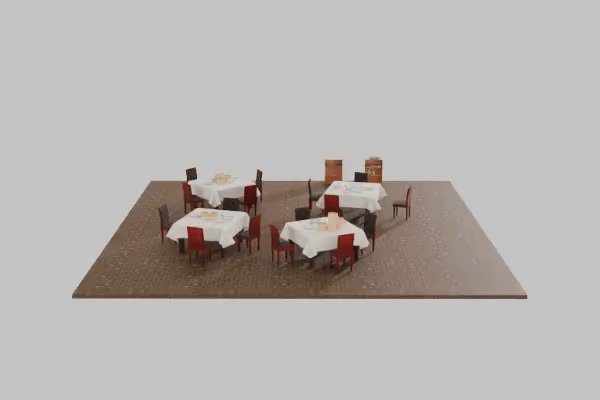 Using generative AI to diversify virtual training grounds for robotsNew tool from MIT CSAIL creates realistic virtual kitchens and living rooms where simulated robots can interact with models of real-world objects, scaling up training data for robot foundation models.
Using generative AI to diversify virtual training grounds for robotsNew tool from MIT CSAIL creates realistic virtual kitchens and living rooms where simulated robots can interact with models of real-world objects, scaling up training data for robot foundation models.
- How to reduce greenhouse gas emissions from ammonia productionProposed system would combine two kinds of plants, creating greater efficiency and lowering costs while curbing climate-changing emissions.

- Using generative AI to diversify virtual training grounds for robotsNew tool from MIT CSAIL creates realistic virtual kitchens and living rooms where simulated robots can interact with models of real-world objects, scaling up training data for robot foundation models.

- Laurent Demanet appointed co-director of MIT Center for Computational Science and EngineeringApplied mathematics professor will join fellow co-director Nicolas Hadjiconstantinou in leading the cross-cutting center.
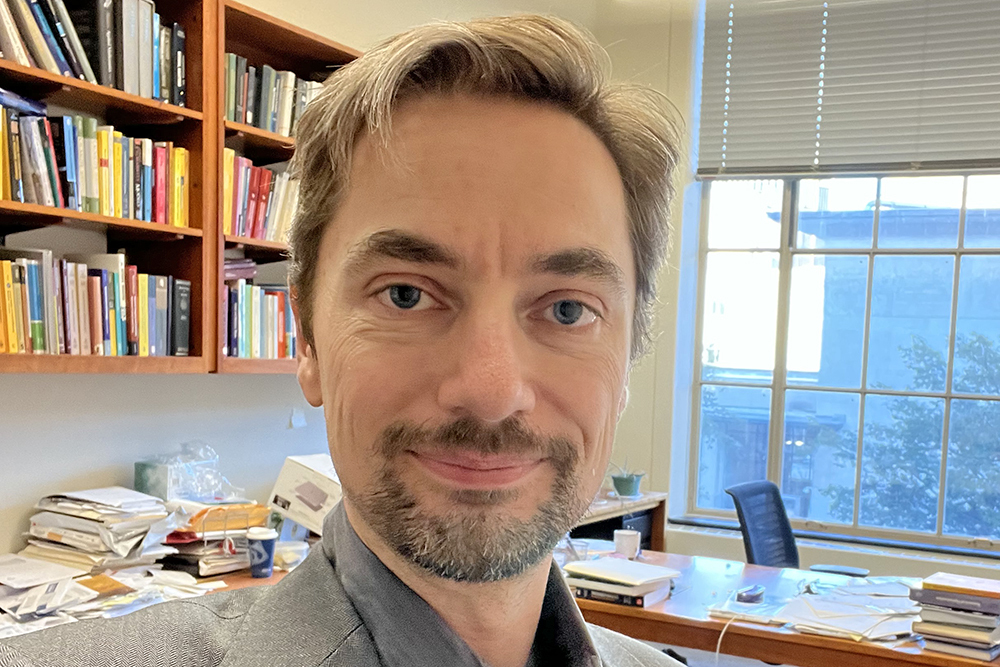
- Fighting for the health of the planet with AIAssistant Professor Priya Donti’s research applies machine learning to optimize renewable energy.
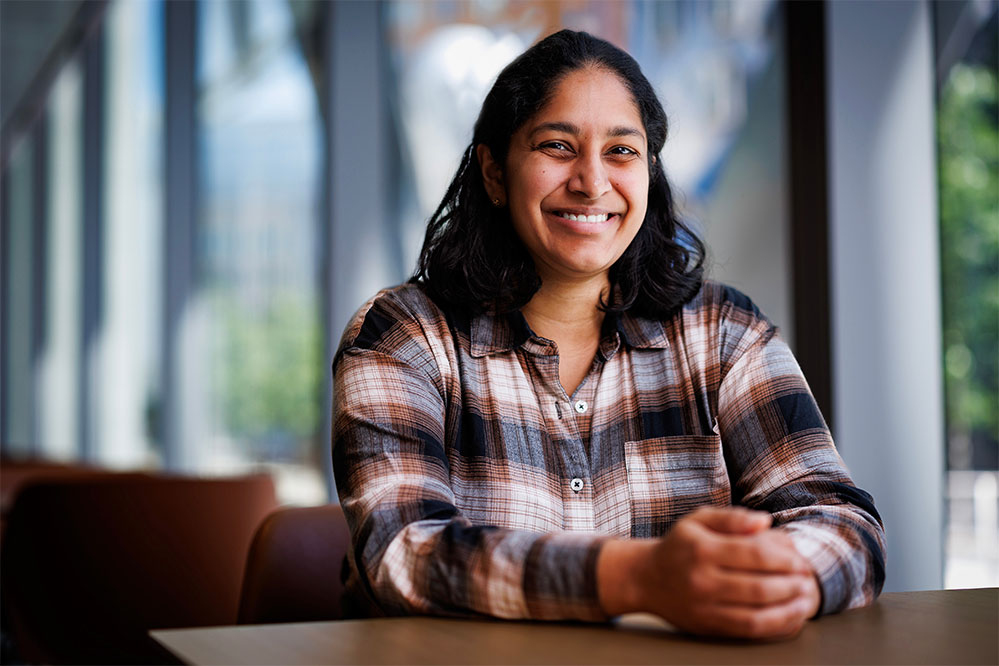
- Study sheds light on musicians’ enhanced attentionBrain imaging suggests people with musical training may be better than others at filtering out distracting sounds.
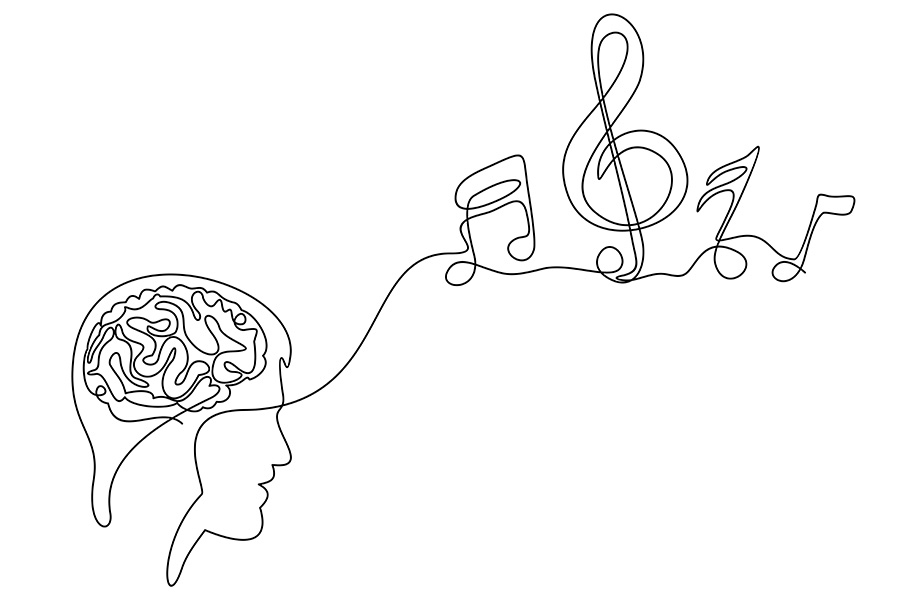
- Matthew Shoulders named head of the Department of ChemistryA leading researcher in protein folding biochemistry and next-generation protein engineering techniques will advance chemistry research and education.
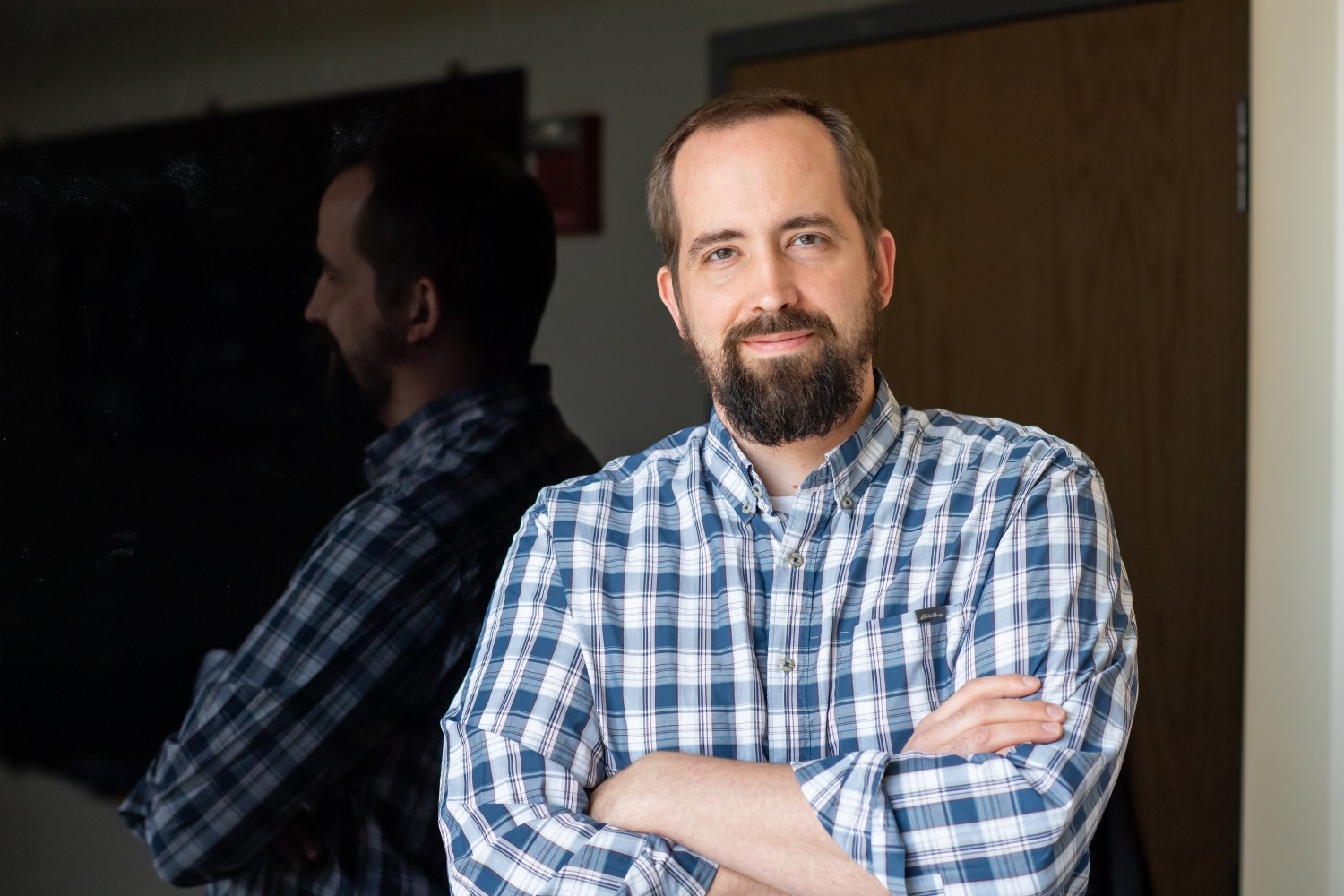
- AI maps how a new antibiotic targets gut bacteriaMIT CSAIL and McMaster researchers used a generative AI model to reveal how a narrow-spectrum antibiotic attacks disease-causing bacteria, speeding up a process that normally takes years.
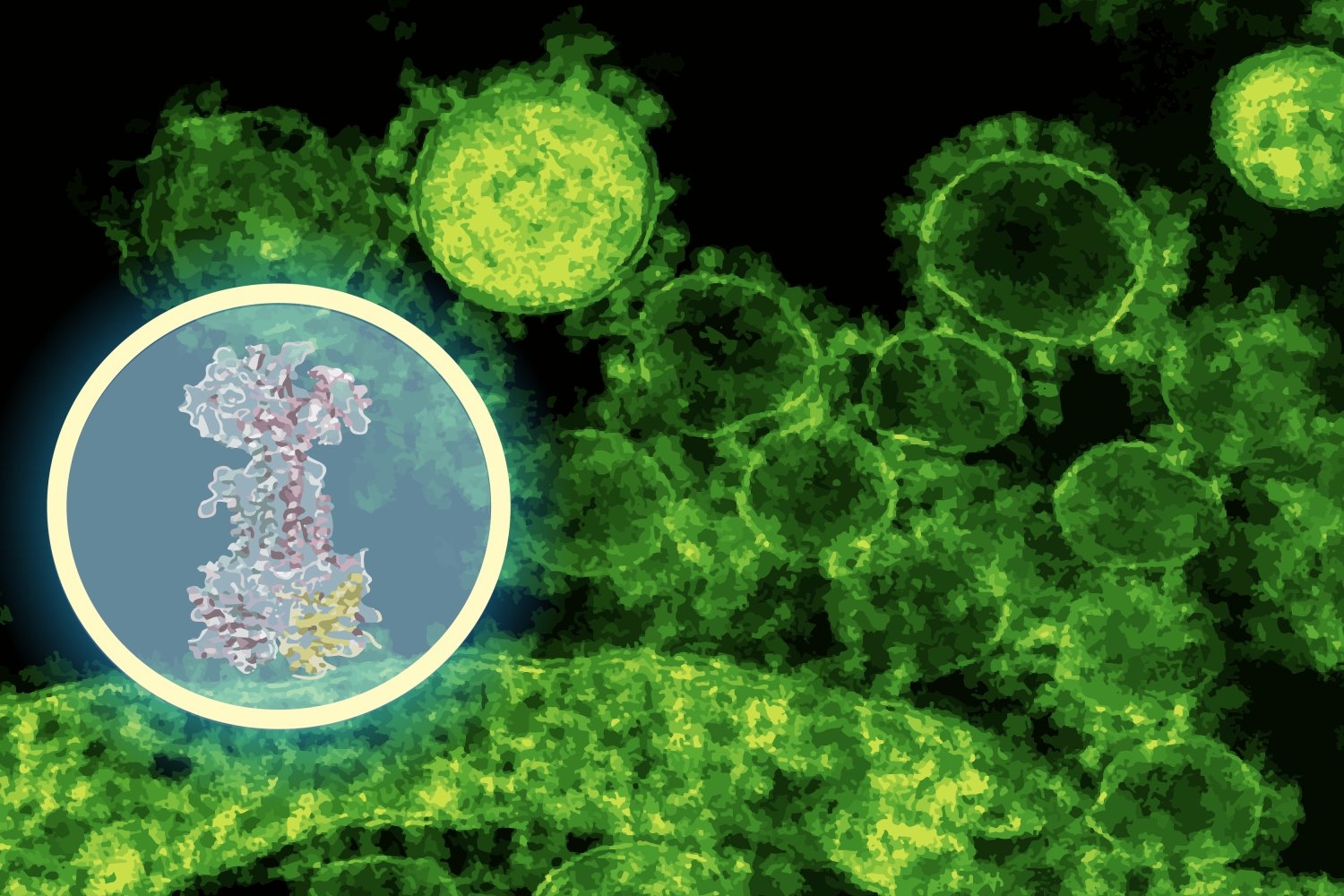
- MIT-affiliated physicists win McMillan Award for discovery of exotic electronic stateJiaqi Cai and Zhengguang Lu independently discovered that electrons can become fractions of themselves.
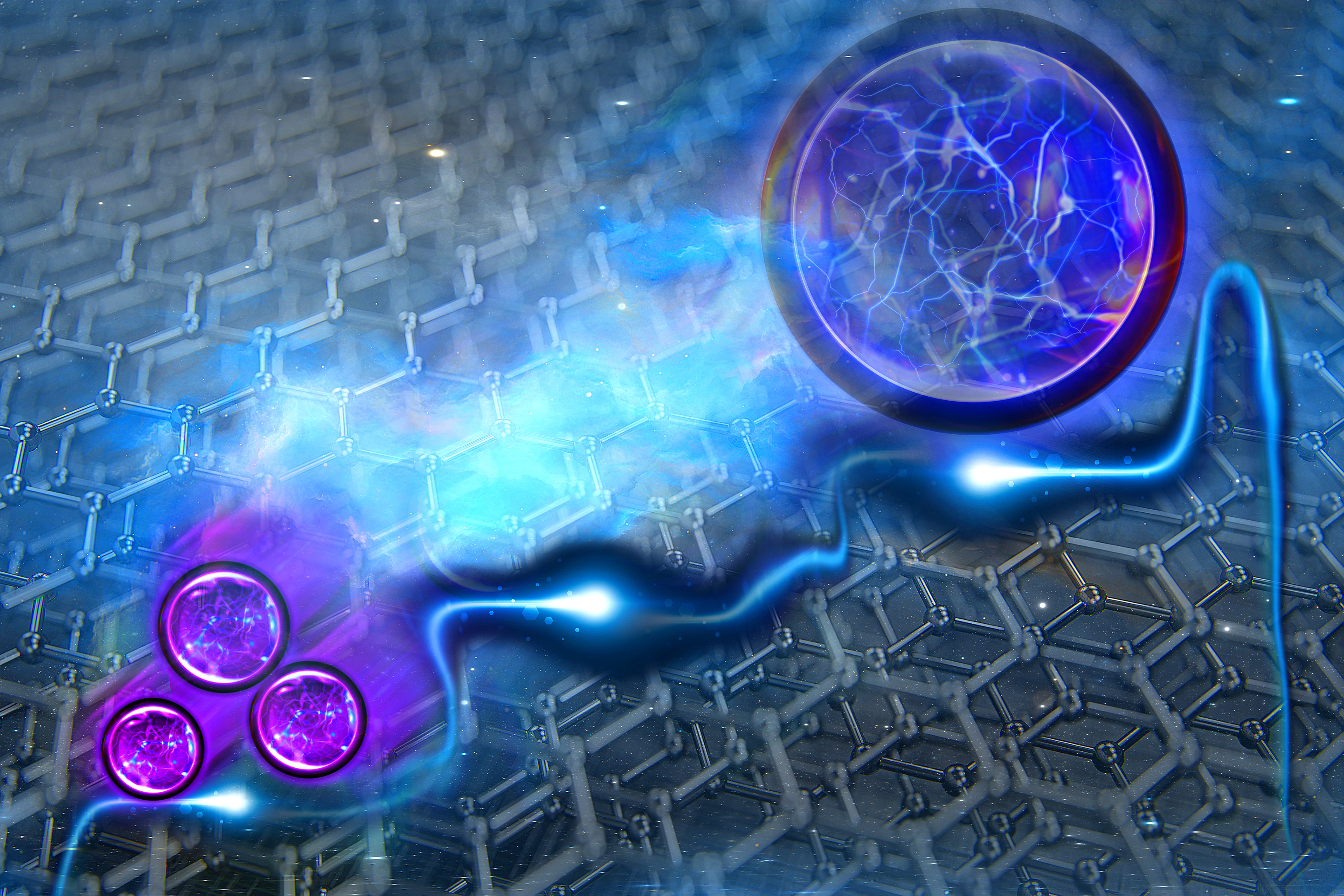
- Martin Trust Center for MIT Entrepreneurship welcomes Ana Bakshi as new executive directorBakshi will help shape and scale entrepreneurship education and platform at MIT.
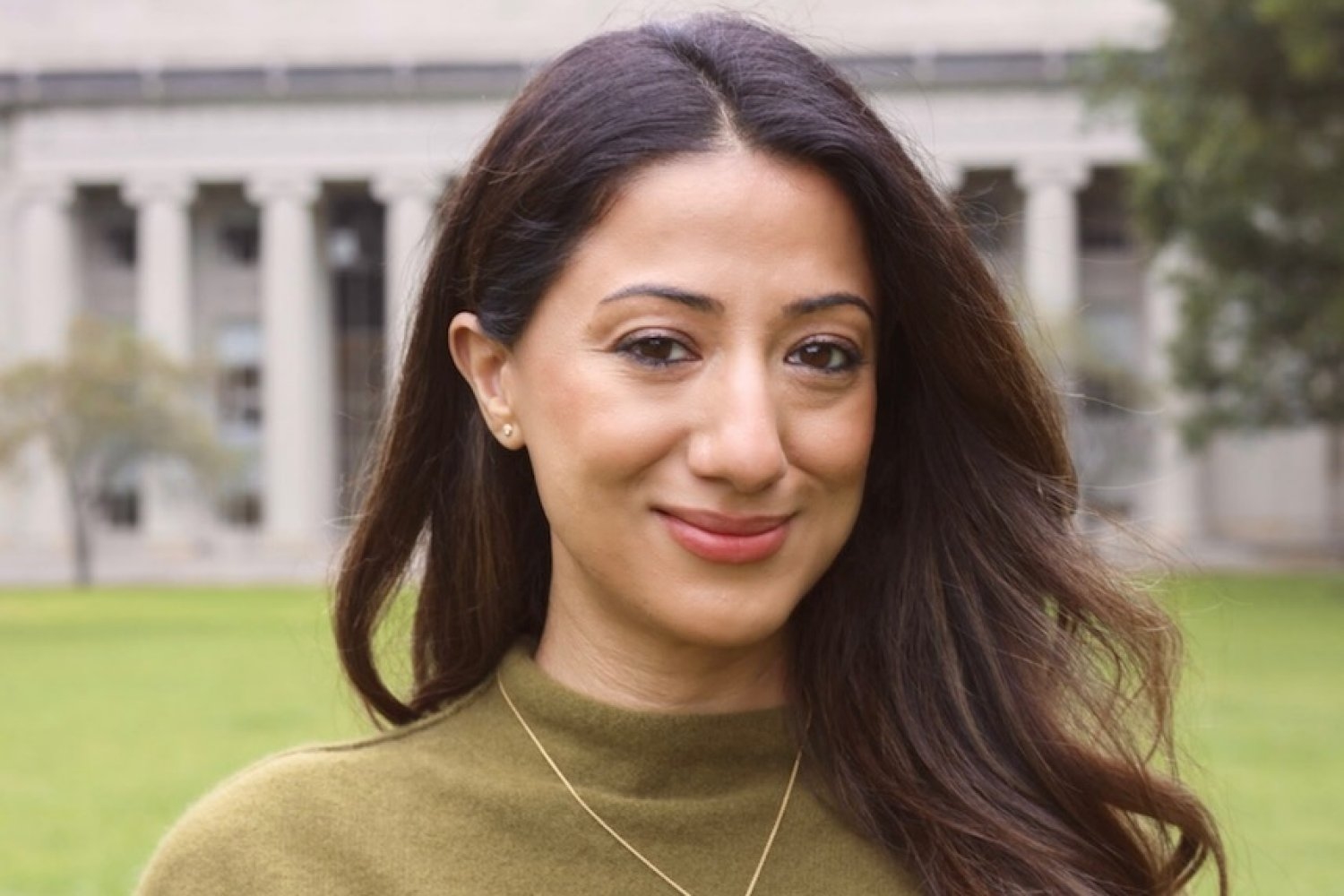
- Lincoln Lab unveils the most powerful AI supercomputer at any US universityOptimized for generative AI, TX-GAIN is driving innovation in biodefense, materials discovery, cybersecurity, and other areas of research and development.
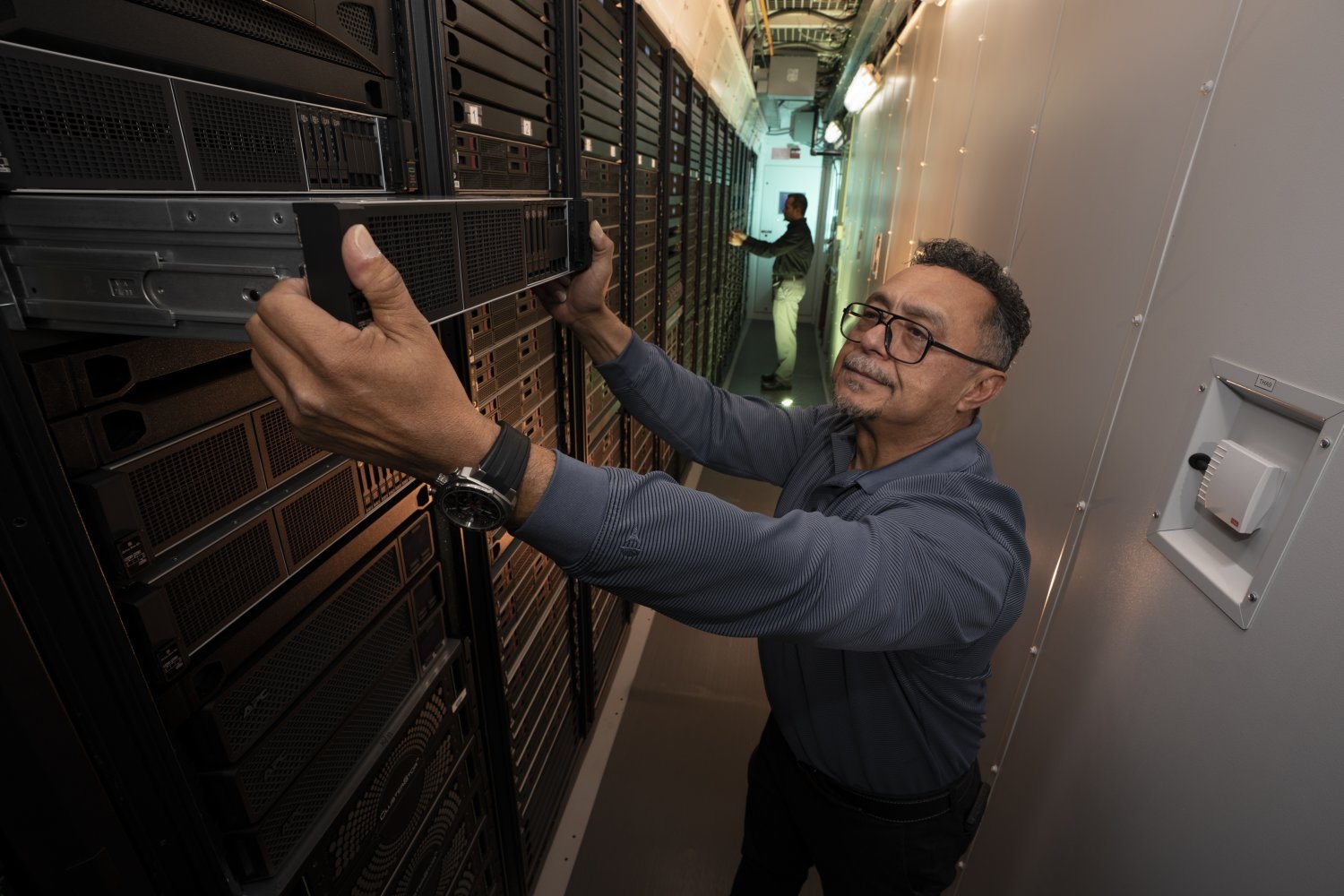
- MIT OpenCourseWare is “a living testament to the nobility of open, unbounded learning”For physicist Mostafa Fawzy, MIT Open Learning’s OpenCourseWare was a steadfast companion through countless study sessions.
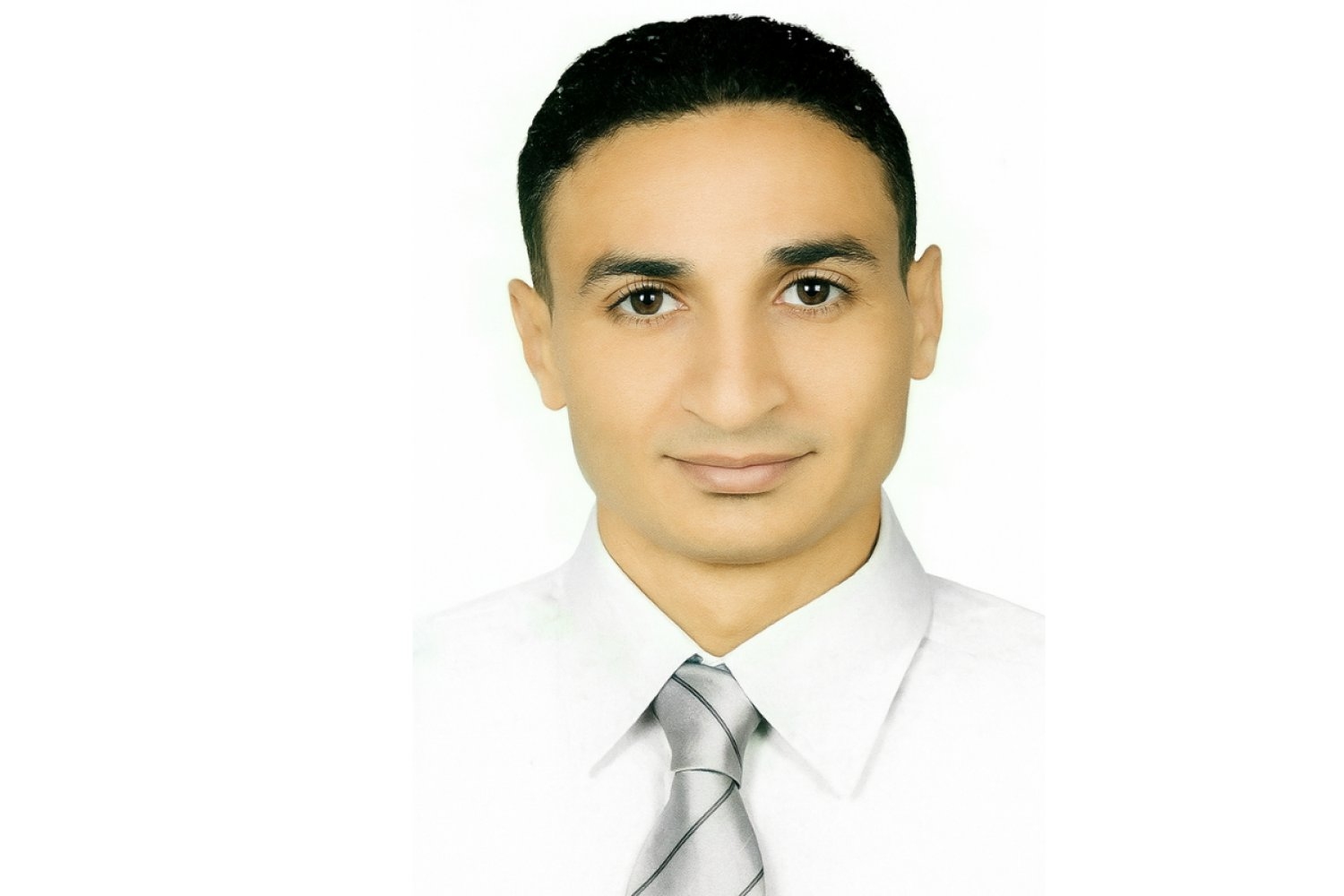
- Concrete “battery” developed at MIT now packs 10 times the powerImproved carbon-cement supercapacitors could turn the concrete around us into massive energy storage systems.
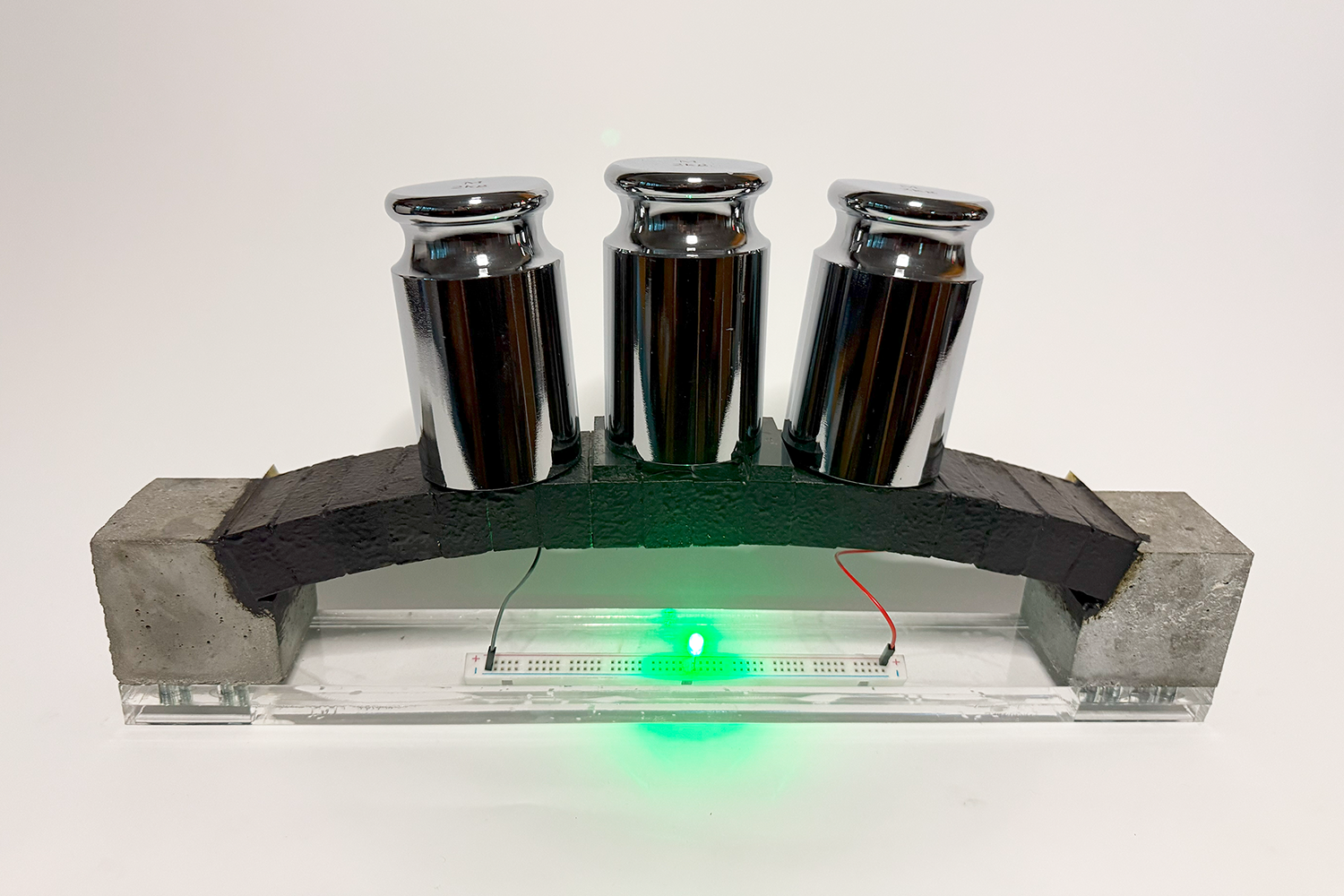
- 3 Questions: Addressing the world’s most pressing challengesMihaela Papa discusses the BRICS Lab, her role at the Center for International Studies, and the center's ongoing ambition to tackle the world's most complex challenges in new and creative ways.
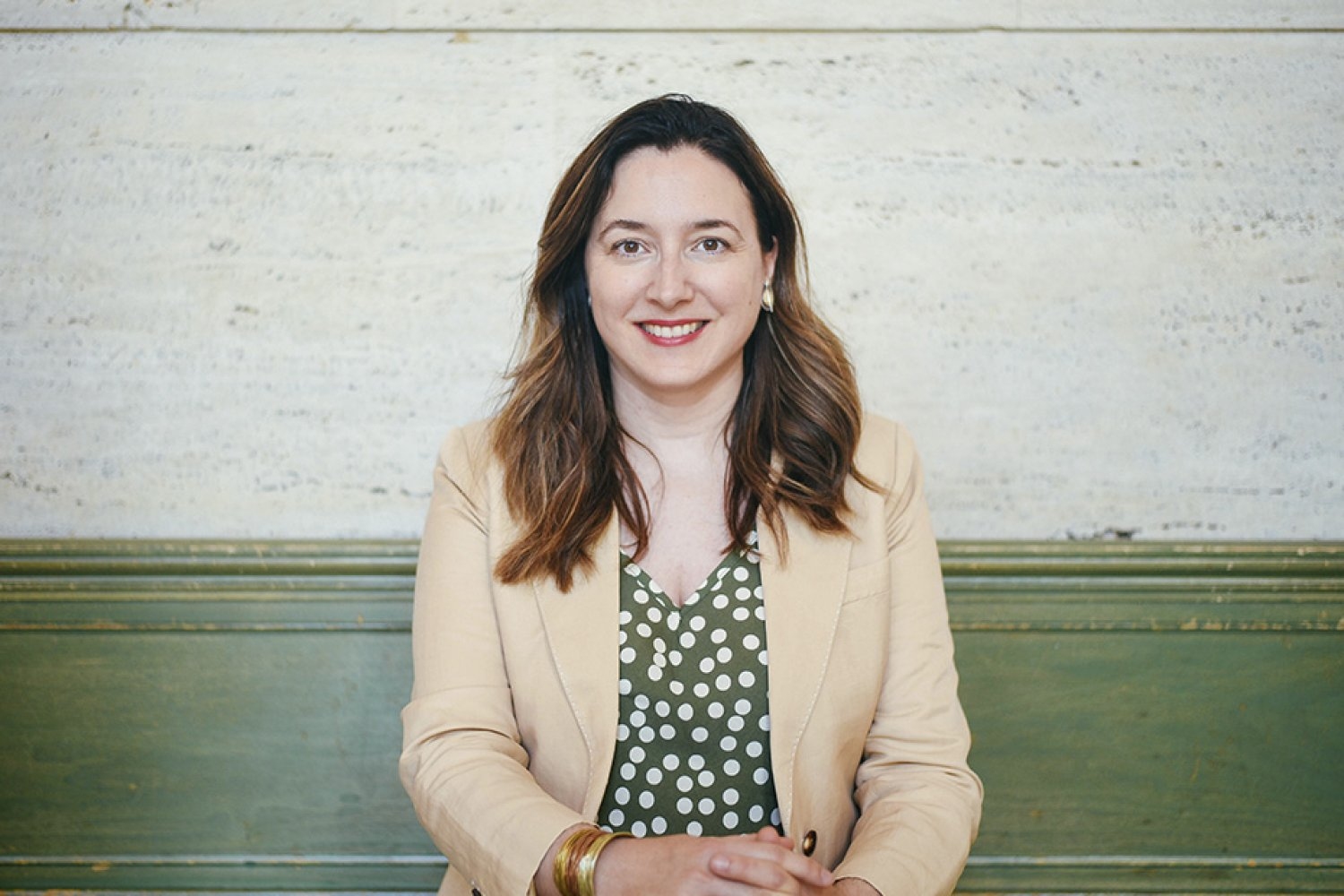
- Saab 340 becomes permanent flight-test asset at Lincoln LaboratoryThe aircraft supports development and testing of diverse technologies for national security.

- 3 Questions: How a new mission to Uranus could be just around the cornerPhD student Chloe Gentgen discusses why the ice giant is such a high-priority solar system target, and how the Starship launch vehicle may hasten our explorations there.
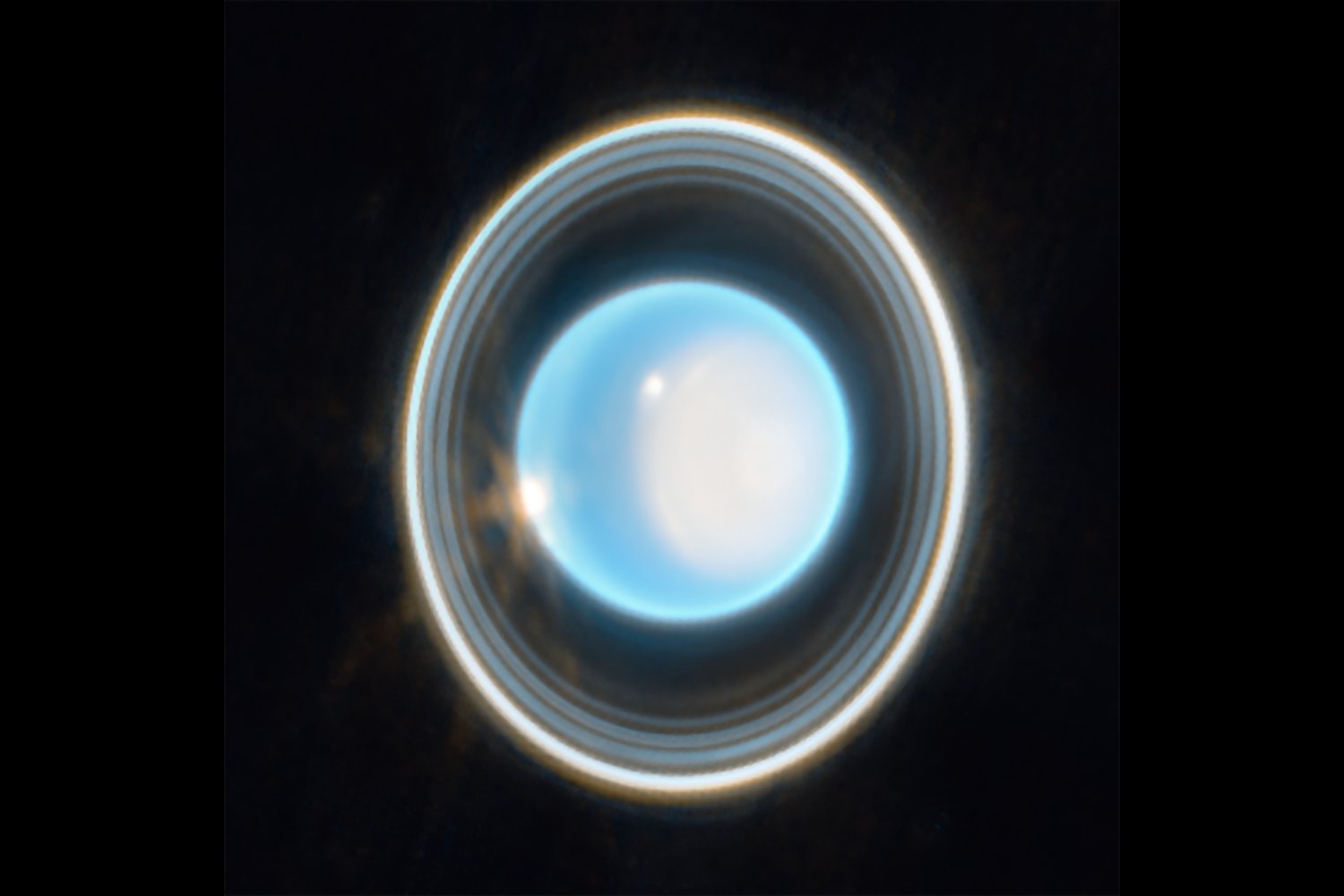
- MIT joins in constructing the Giant Magellan TelescopeThe major public-private partnership is expected to strengthen MIT research and US leadership in astronomy and engineering.
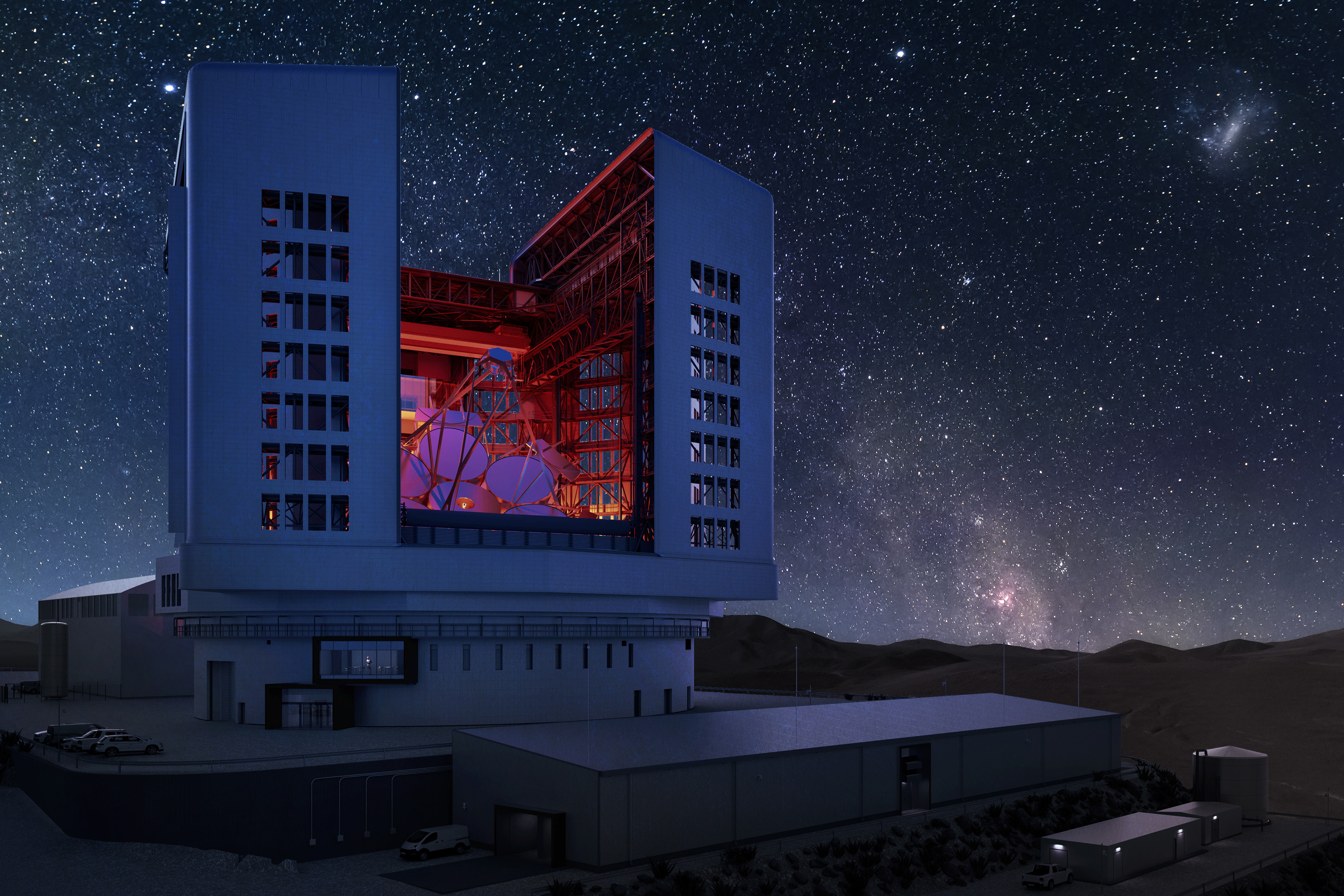
- A beacon of lightA lantern created in the Design Intelligence Lab creates sustainable alternatives for consumer electronics.
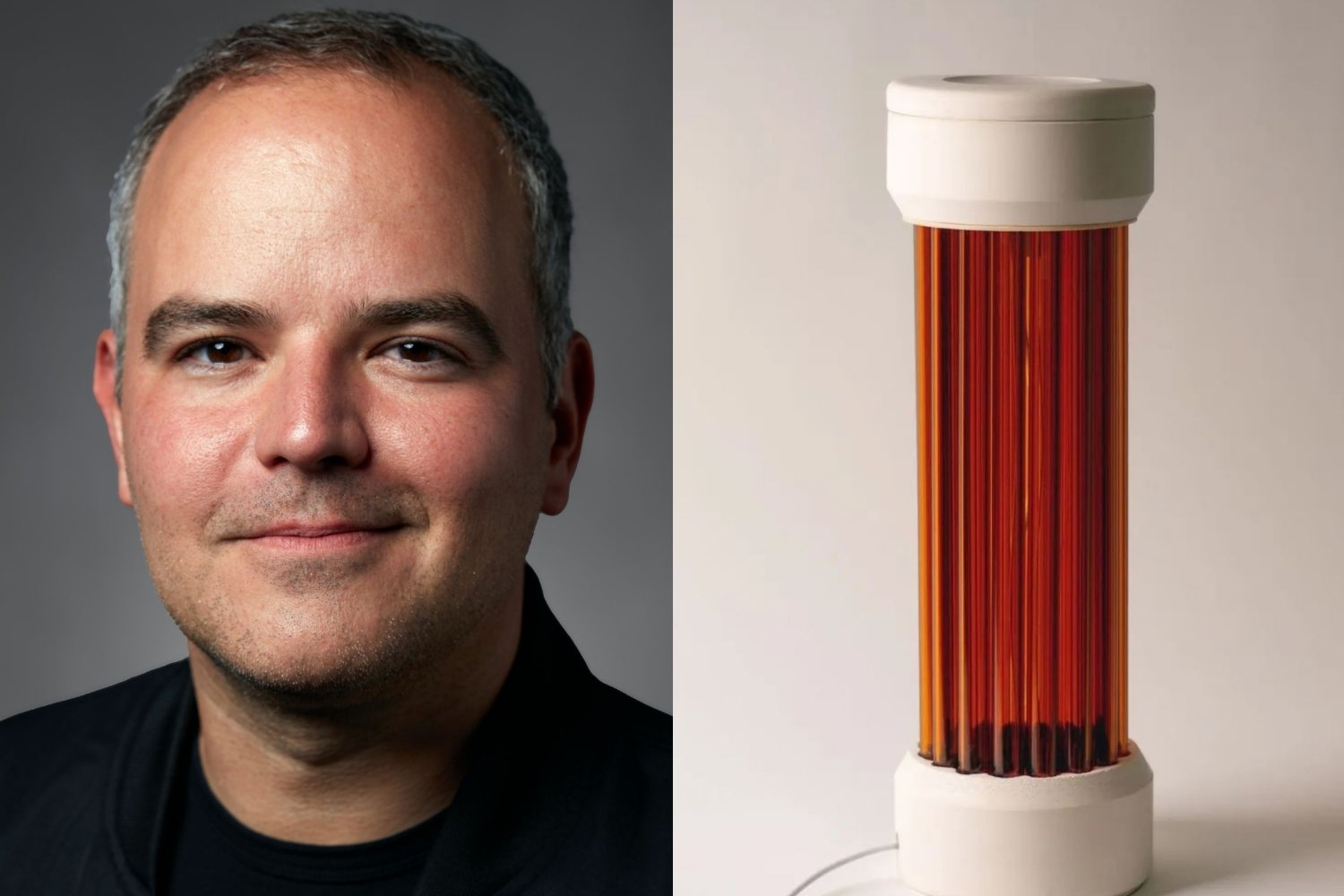
- How the brain splits up vision without you even noticingAs an object moves across your field of view, the brain seamlessly hands off visual processing from one hemisphere to the other like cell phone towers or relay racers do, a new MIT study shows.
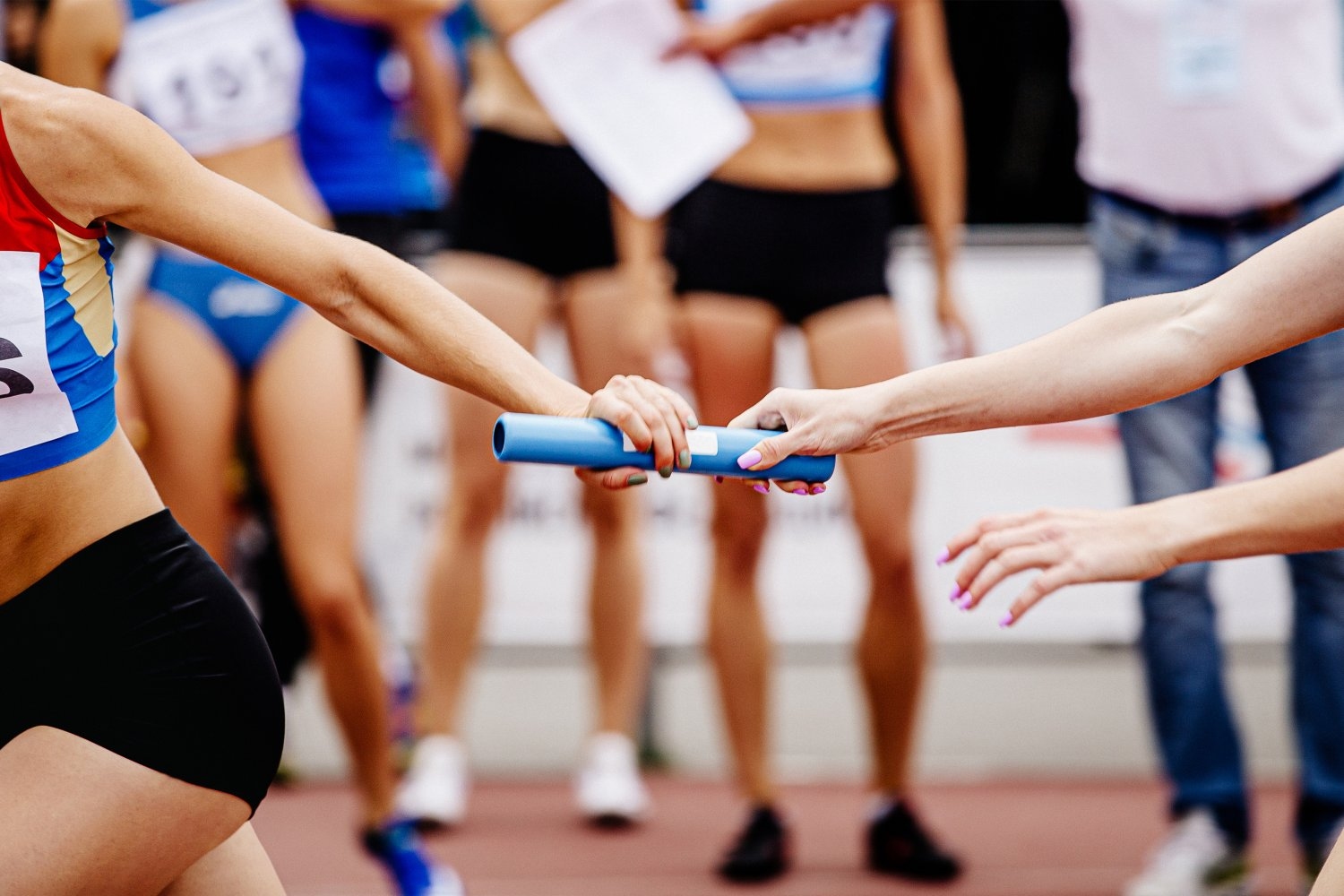
- Teamwork in motionFriendly competition and a love of spreadsheets helped get Aero and Astro running teams over the finish line at Ragnar Reach the Beach.
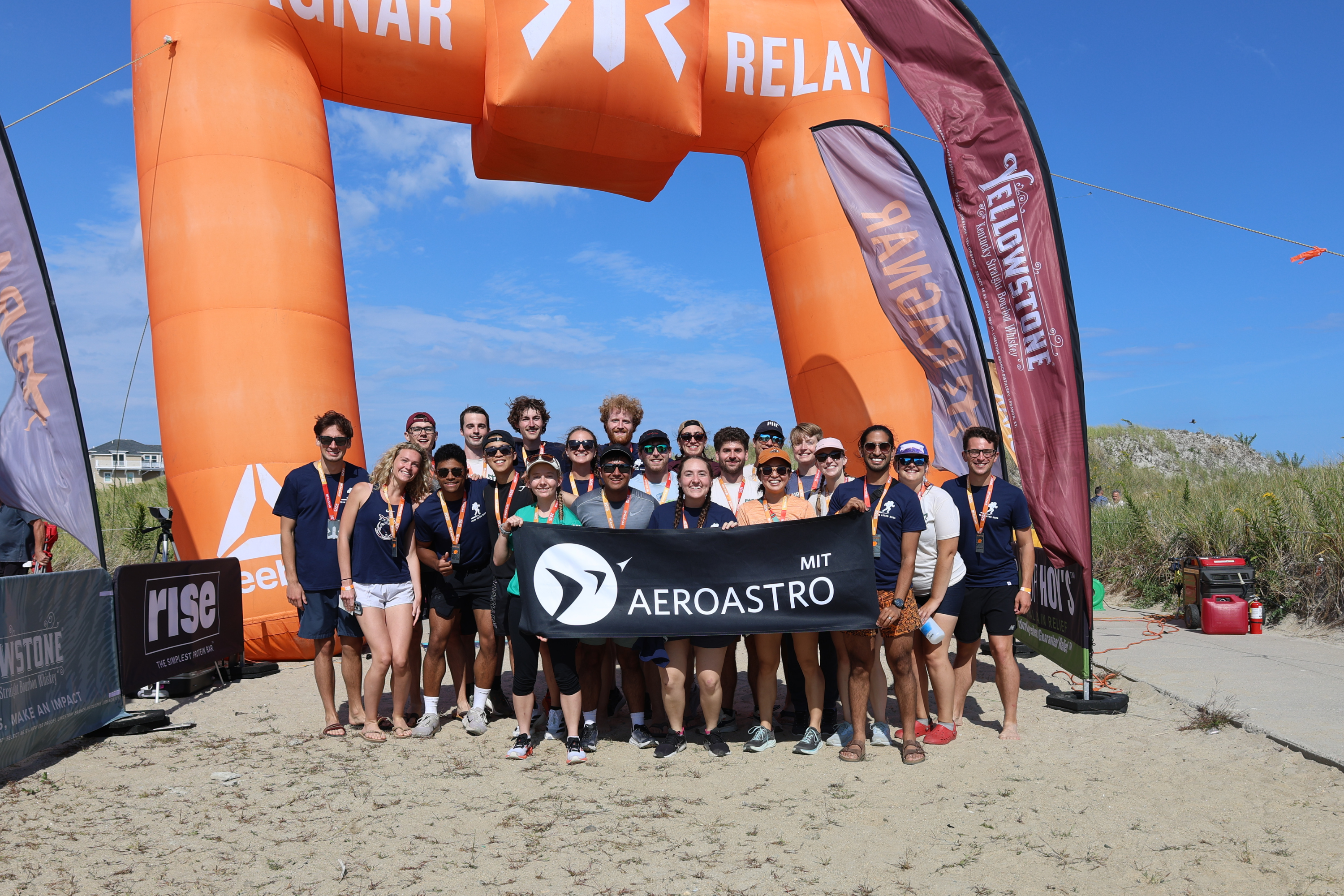
- Signposts on the way to new territoryProfessors Zachary Hartwig and Wanda Orlikowski are honored as “Committed to Caring.”
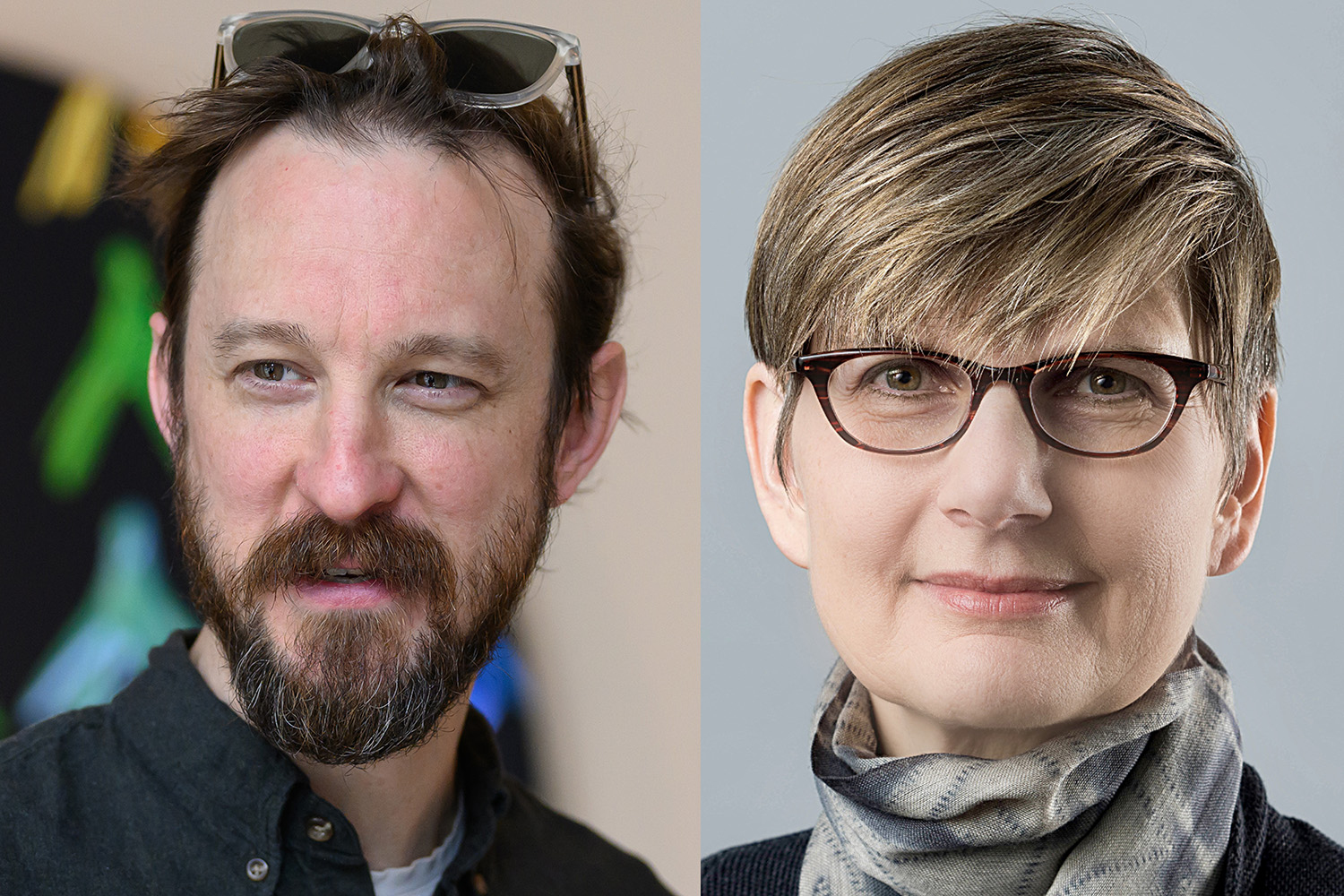
Load more...
Loading...


